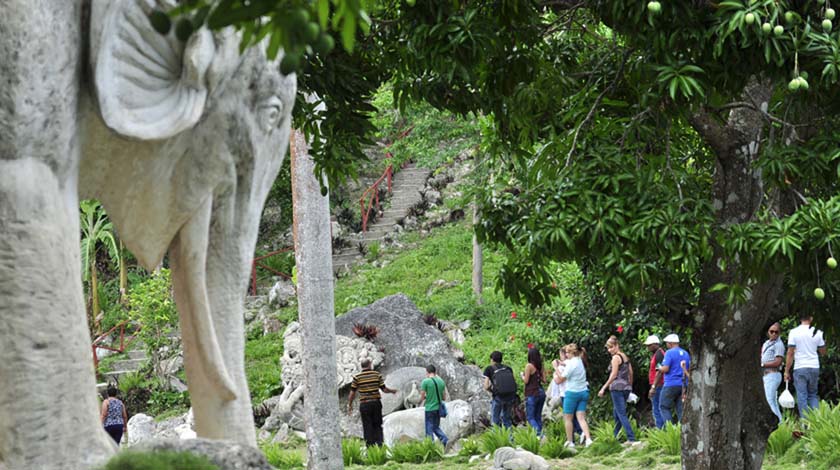 The 150th anniversary of the granting of the Title of Village by the Spanish Crown to the hamlet that Catalan and French emigrants founded on the banks of the Guaso River, at the dawn of the 19th century, will be celebrated in the town of Guantánamo, on the coming December 1st.
The 150th anniversary of the granting of the Title of Village by the Spanish Crown to the hamlet that Catalan and French emigrants founded on the banks of the Guaso River, at the dawn of the 19th century, will be celebrated in the town of Guantánamo, on the coming December 1st.
One of the historical responsible for the secular appeal of the now sixth most populated city in Cuba is the architect José Leticio Salcines, who stamped it airs of urban modernity since the beginning of the last century, as evidenced by the Parish House and the Family Palace that bears his surname, a centenary three-story house and a benchmark of the Catalan frugality in the historic center of the village.
The town is a link route with Baracoa, First City of Cuba; the Alejandro de Humboldt National Park and the only rock zoo in the world, among other attractions.
The ruins of French coffee plantations also stand out in the territory, shared by the mountains of the Sagua-Baracoa Group with the Sierra Maestra mountain range.
The city also treasures religious, musical, dance, literary and plastic arts manifestations, along with its customs and traditions, among which bicentennial artistic expressions are distinguished, such as the Changüí rhythm and the Tumba Francesa dancing ceremony, and the idiosyncrasy of the Guantanamo people.
The old Plaza de Armas (today José Martí Park) and the Plaza del Mercado (Market Square) delight the pupil, as well as the peculiar orthogonal layout of streets and numerous buildings evidence the exercise of all the construction styles that have existed, although subordinated to eclecticism.
As it is a tradition since 1995, the Municipal Assembly of People's Power (AMPP) will evoke the event, with the traditional solemn session in the emblematic February 24th Square, during which distinguished personalities will be awarded the statuette of Fame, symbol of the city, and other recognitions.
On the occasion of the date, the AMPP also called the Sabores de mi ciudad contest, which granted prizes to the dishes boneless chicken stuffed with rice and vegetables, bathed with a mixture of chocolate and gratin cheese, the Guantánamo Musical dessert and the Taita cocktail.
In its 150 years, the "aldea" (small village, hamlet), as Regino Eladio Boti, the greatest local poet called it in one of his best-known verses, enhances its attractiveness that seduces visitors from other provinces or latitudes. (Pablo Soroa Fernández, ACN)



Nos reservamos el derecho de no publicar los comentario que incumplan con las normas de este sitio